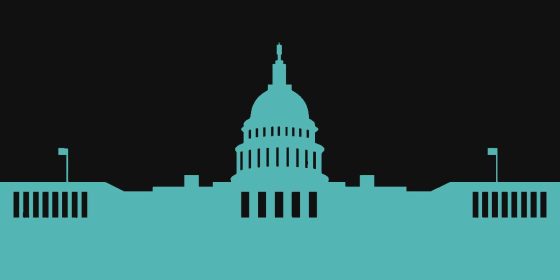Chips sent to China as part of the alleged scheme included Nvidia’s A100 and H200 graphics processing units, an indictment says.
Cleveland mayor says all city employees to be trained on artificial intelligence
Mayor Justin Bibb, who campaigned on a promise to modernize City Hall, said AI adoption begins with securing city systems after a ransomware attack took down operations for weeks last summer.
Nvidia's reversal stuns the tech world. What the charts say happens next with the stock
NYSE insider Jay Woods breaks down the Thursday action in Nvidia.
AI bubble fears return as Wall Street falls back from short-lived rally
Leading US stock markets tumble less than 24 hours after strong results from chipmaker Nvidia sparked gains
Stock market today: Dow, S&P 500, Nasdaq slide out gains as Nvidia, tech stocks lead sharp reversal lower
The US stocks rally reversed as investors parsed a September jobs data surprise and stellar Nvidia earnings.
S&P 500 sinks 1.6% after reversing a morning surge in the latest dramatic swing for markets
S&P 500 sinks 1.6% after reversing a morning surge in the latest dramatic swing for markets
“It’s a no!”: Artificial intelligence toy answers questions about sex
TROUBLE IN TOYLAND – What toys will your kids be unwrapping on Christmas Day Consumer rights experts are sounding the alarm on artificial intelligence toys that answer questions about mature topics.
Prediction: This Artificial Intelligence (AI) Stock Will Crush Both Palantir and BigBear.ai in 2026
This data cloud platform provider’s growth is picking up thanks to the growing demand for its AI tools.
The Trump Administration’s Order on AI Is Deeply Misguided
Widespread news reports indicate that President Donald Trump’s administration has prepared an executive order to punish states that have passed laws attempting to address harms from artificial
This Is the Cheapest Way to Create Unlimited AI Images With Google's New Nano Banana Pro
A rare Adobe promotion coincides with the release of Google’s new image generation model.




